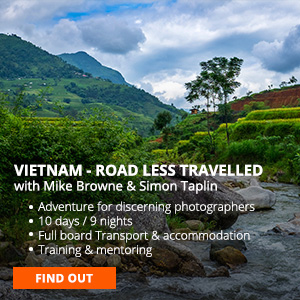Composition Tips - Finding
Composition is a very personal thing. What interests one photographer might not set another on fire and that’s OK. The trick is to find a composition that interests you in the first place and that can be tricky when you’re beginning.
There are images all around us in all directions just waiting for us to come along and find them, sometimes they are obvious and others we might have to liberate them from their surroundings. We have to have the visual awareness to separate the good stuff from the clutter that surrounds them.
In part one of this series we looked at how to disassociate ourselves from the surroundings. This time we’re going to look at how to spot the image in the first place and at the end of this video I’ll have a chat with you about how I do it. As always, repeated action is what leads to mastery.
As we use our creative muscles they become stronger and compositions start to pop out at us from our surroundings. Our brilliant brains get our subconscious mind to notice things around us, forging new pathways in how we think as photographers.
One day whilst running my Lanzarote photo workshop we all came out of a bakery after an coffee break and ‘BOOM’ there was an image leapt out at me from amongst the clutter of a car park so I thought it worth sharing with you how I composed the shot, the experiments I did to find the composition I wanted to keep.
Cameras don’t take photos, photographers take photos and they use the camera to do it. Alone your camera isn’t capable of anything other than just sitting there being useless so it’s up to us to practise and train out minds to see compositions in our surroundings. That’s why composition is the 3rd of my 7 Building Blocks of Photography, only superseded by our own brains and appropriate light for the subject.
The first step is to learn how to use the tools of photography, your camera and lenses. Then master the techniques of light, focal length, exposure and creative use of shutter and aperture to make the composition look how you want it to. We have to bridge the gap between creative and technical.











































